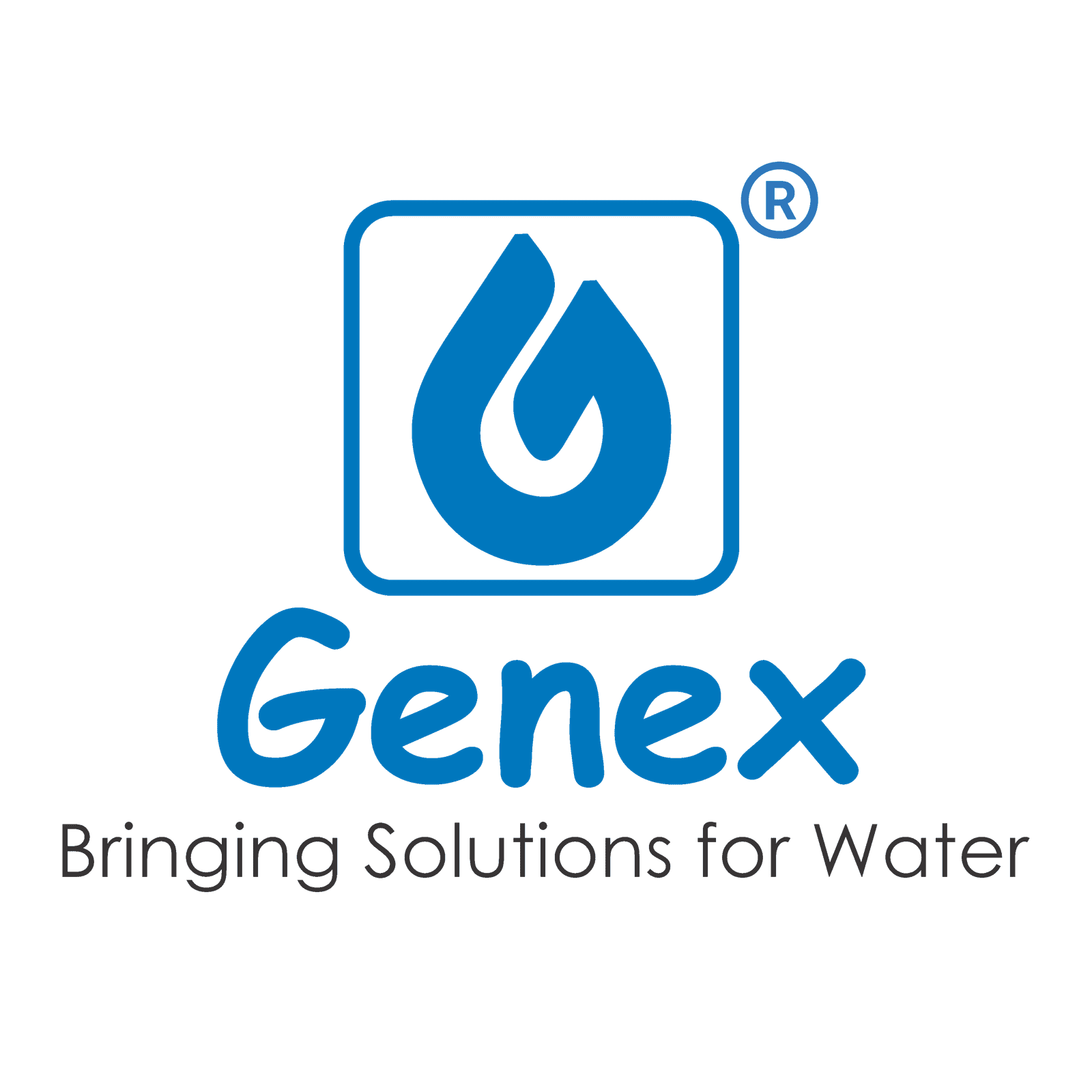BAR SCREEN
A bar screen is a mechanical filter used to remove large objects, such as rags and plastics, from wastewater. It is part of the primary filtration flow and typically is the first, or preliminary, level of filtration, being installed at the influent to a wastewater treatment plant. They typically consist of a series of vertical steel bars spaced between 1 and 3 inches apart.
Bar screens come in many designs. Some employ automatic cleaning mechanisms using electric motors and chains, some must be cleaned manually by means of a heavy rake. Items removed from the influent are called screenings and are collected in dumpsters and disposed of in landfills. As a bar screen collects objects, the water level will rise, and so they must be cleared regularly to prevent overflow.
Modifications:
The bar screen in the plant has no modifications and will be used for the modified plant also.
EQUALIZATION TANK
Usually, sewage generation is more during morning hours and evening hours. Visually no sewage is generated during night hours. Any biological system needs constant feed for bacteria to work efficiently. Hence, it is important to put an equalization tank to collect the excess flow during peak hours and feed sewage in lean hours. A typical equalization tank has a capacity of 8 – 12 hours of average flow rate. The tank is generally of civil construction by client. Provision of air grid is to be made for thoroughly mixing the sewage to make it of homogenous quality and to keep the suspended matter in suspension and to avoid septic conditions.
Modifications:
In the existing plant we have an equalisation tank with a capacity around 390 KL. Since we are increasing the plant capacity and also for managing shock flows in the future, we are increasing the equalisation tank capacity by merging the existing sludge holding tank with the equalisation tank. A total of 100 KL increment will be there in the equalisation tank capacity. Core cutting will be employed at the bottom wall for merging the tanks. Repair of diffusers in both tanks will be also done.
FINE SCREEN
Fine screens are typically used to remove material that may create operation and maintenance problems in downstream processes, particularly in systems that lack primary treatment. Typical opening sizes for fine screens are 1.5 to 6 mm (0.06 to 0.25 in). Very fine screens with openings of 0.2 to 1.5 mm (0.01 to 0.06 in) placed after coarse or fine screens can reduce suspended solids to levels near those achieved by primary clarification.
Modifications:
One fine screen is already available in the plant which will be shifted to proposed anoxic tank. Pipeline modifications are needed for transferring sewage water to the fine screen.
ANOXIC TANK
For the anoxic tank we have selected the clarifier tank currently in the plant. The clarifier tank already has the clarifier mechanism which is similar to anoxic agitator, except, the speed of rotor for anoxic agitator should be more and the clarifier rotor should be replaced with an agitator fan.
Modifications:
The clarifier tank will be modified into anoxic tank with agitator fan. Over flow line to the filter feed tank will be blocked and new over flow line to the aeration tank from the anoxic tank will be made.
AERATION TANK
Sewage liquor is run into deep tanks with diffuser grid aeration systems that are attached to the floor. These are like the diffused aerators used in tropical fish tanks but on a much larger scale. Air is pumped through the blocks and the curtain of bubbles formed both oxygenates the liquor and also provides the necessary mixing action. Where capacity is limited or the sewage is unusually strong or difficult to treat, oxygen may be used instead of air. Typically, the air is generated by some type of blower or compressor. Aeration brings water and air in close contact in order to remove dissolved gases (such as carbon dioxide) and oxidizes dissolved metals such as iron, hydrogen sulfide, and volatile organic chemicals (VOCs). Aeration is often the first major process at the treatment plant.
Modifications:
The already existing aeration tank will be used for the modified plant also. It has a capacity of nearly 450 KL. The diffusers will be checked are repaired and line damages will be corrected. RAS line modifications will be done to transfer sludge from aeration tank to MBR tank. Overflow line connecting aeration tank and existing FBR tank will be closed. MLSS will be ranging from 8000-12000 mg/L.
MBR TANK
Membrane bioreactor (MBR) is the combination of a membrane process like microfiltration or ultra filtration with a biological wastewater treatment process, the activated sludge process. When used with domestic wastewater, MBR processes can produce effluent of high quality enough to be discharged to coastal, surface or brackish waterways or to be reclaimed for urban irrigation. Other advantages of MBRs over conventional processes include small footprint, easy retrofit and upgrade of old wastewater treatment plants. Membrane bioreactors can be used to reduce the footprint of an activated sludge sewage treatment system by removing some of the liquid component of the mixed liquor. This leaves a concentrated waste product that is then treated using the activated sludge process.
Modifications:
The existing FBR tank will be used as MBR tank. It has a capacity of 125 KL. Existing air lines and diffusers in the tank will be kept for MBR modification and all lines will be repaired. Overflow line from MBR tank to the aeration tank will be made by employing core cutting. Separate blowers will be installed for MBR air supply. Centrifuge line for sludge transfer will be provided at the bottom.









